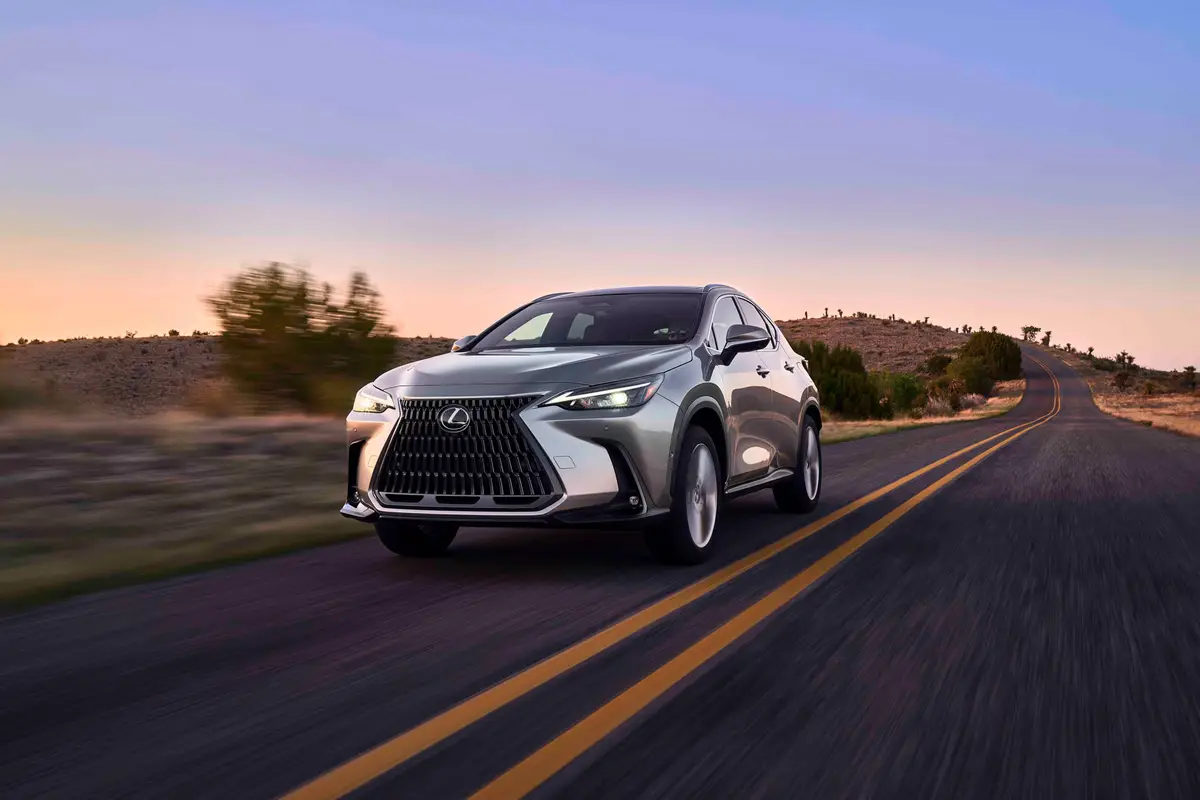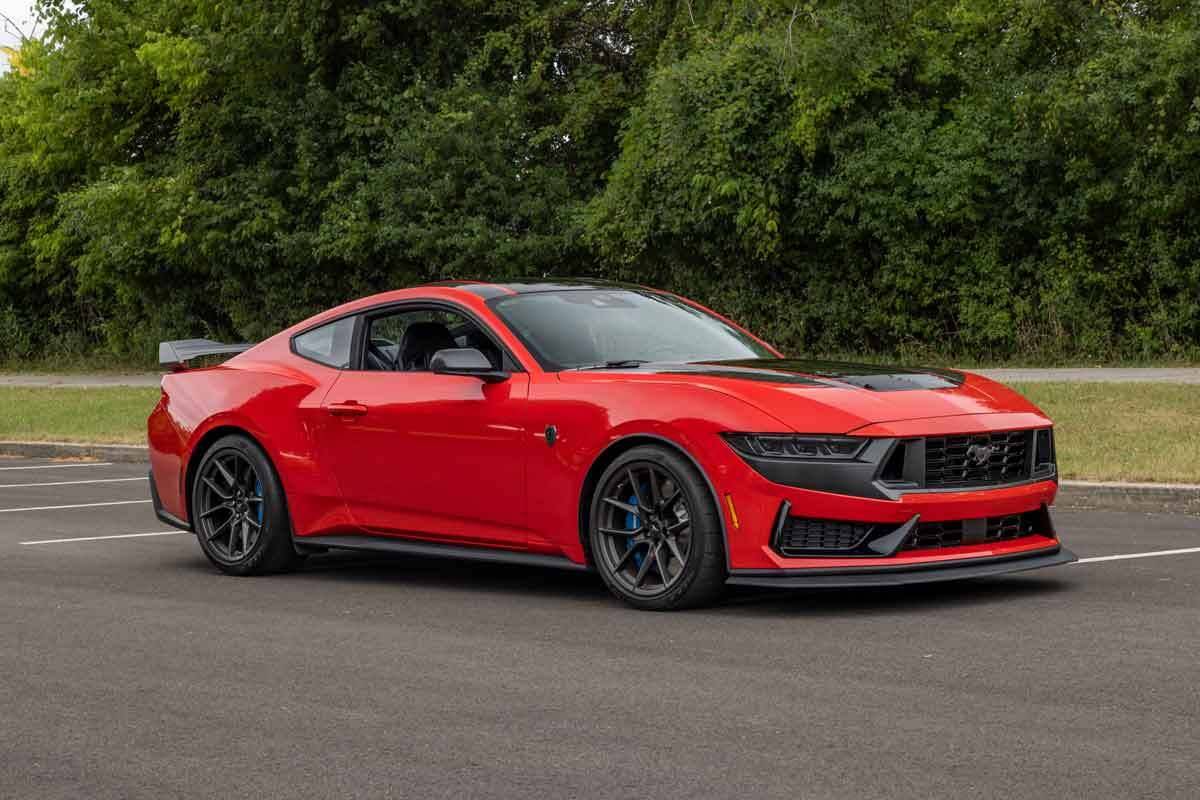Orlando Sentinel's view
Some cars were never meant to be convertibles. The RX7 is one of them.
With the top up, one can think of several reasons to dislike the Mazda RX7 Convertible. With it down, about half of those reasons disappear.
My list of grievances with the RX7 convertible started even before I slid behind the wheel.
Mazda is asking nearly $28,000 for the RX7 convertible. Most come loaded. Some intense haggling ought to drop the price to less than $25,000 – that’s if the dealer will drop the price a bit and pass along the factory incentive. Because the cars are no longer selling well, most dealers are flexible on the price.
To put things in perspective, about $28,000 puts you dangerously close to the deal you can get on a new Corvette coupe. The RX7 convertible, even with its stellar handling capabilities and excellent interior, is not in the same league as the Corvette.
That amount of money is about $6,000 more than the most you can spend on a fully loaded new Mustang GT convertible. By virtue of performance alone, the Ford is a much better car than the RX7.
Clearly, the price – escalated in part because of currency fluctuations – is out of line. Here’s why: The RX7 convertible is heavy and fairly slow, and the rotary engine buzzes like a paper bag full of bumblebees. This rotary engine, which Mazda says develops 160 horsepower, felt anemic and unrefined. The rotary engine’s chief weakness is that it does not produce much torque.
The only way to get performance approaching acceptable is to rev the engine to between 5,000 and 7,000 rpm. Only then does the car begin to behave like a sports car, but even this comes at a price: any trace of respectable fuel economy disappears. I averaged slightly less than 15 miles per gallon with the air conditioning on in city/highway driving.
Several car enthusiast magazines have tested the car and clocked 0-60 mph times ranging from 9.2 seconds to 10.7 seconds. That’s about as fast as your garden variety Ford Taurus. To the rotary engine’s credit, once you settle into a cruising mode, the racket under the hood disappears and the engine goes about its business without further protest.
There are too many excellent fuel-injected piston engines in cars that sell for much less that could easily outperform the RX7. That’s not a comforting thought if you’ve just spent $25,000 for the Mazda. A souped-up version of Mazda’s V-6 from the 929 would be an excellent replacement for the rotary engine, which is just not up to the task of powering a true sports car.
In the styling department, the biggest problem is with visibility. You can’t see well out of the rear, and there are two huge blind spots on either side of the car.
With the convertible top up, the blind spots render the car dangerous at best. I suppose one gets used relying on the car’s mirrors to circumvent at least some of the visibility problems, but I never felt secure and confident in traffic. I sp oke to three people who own or drive these cars frequently, and they said they don’t drive often with the top up because the visibility is so poor.
In all fairness, the Mazda is not alone is creating convertibles with poor visibility. With the exception of the Mercedes-Benz 500SL, no new convertible comes with a top that has three windows anymore. One big window in the middle and one small window on either side used to be the way most convertible tops were made.
Another gripe: The top leaks. I’ve spent a good part of my 14 years of driving behind the wheels of older foreign convertible sports cars. Some of them leaked. They came from the factory that way, and you accepted it. But they never came with an asking price of nearly $28,000. For that money, one expects to stay dry – even in a hurricane.
But on the RX7, Mazda engineers apparently knew they had a leaky top and made what appears to be a half-hearted attempt to fix it. They rigged a cup-shaped piece of rub er weather stripping inside the car that is intended to catch the water and drain it near the bottom of the door. It doesn’t work well. This is another example of how this car was never intended to be a convertible.
With the electrically operated top down, you still can’t see well out of the rear because the top does not drop into a compartment as it does on most convertibles. Instead it lands on a platform in the rear, obscuring about half the field of vision in the rear view mirror.
Robbed of visibility, I could never explore the car’s full handling potential. And handling is one of the two things I liked most about the RX7. The other is the car’s interior. The RX7 is one of those rare cars that has a nearly perfect suspension system. You can toss the 3,045 pound car into a very tight curve, and experience little or no body roll. There’s just a trace of oversteer. It’s tight and responsive.
The brakes, four-wheel discs without an anti-lock system, did a credible job of slowing down the RX7, though on wet pavement the front wheels locked up once.
It is the RX7’s interior that is perhaps the car’s saving grace. Though the leather seats don’t allow much in the way of adjustments, they are firm, comfortable and supportive, especially in the lower back. One problem with convertibles is that with the top down, wind noise has a tendency to drown out the radio. In the RX7, you’ll find a pair of small speakers in the headrest with a separate volume control for each. Problem solved.
The controls are usually less than a flick of the wrist away. Gauges are well laid out and easy to read. One wonders, however, why the tachometer is larger than the speedometer and occupies the center position in the gauge package. It should be the other way around. Instead, the speedometer is off to the left. In any case, the RX7 cockpit provides an intimate experience, just like a two-seater sports car should.
As a hardtop, the RX7 is a more affordable, usable and practical car.
There’s nothing wrong with the RX7 convertible that a strong piston engine, a $10,000 price cut and a redesigned convertible top wouldn’t cure. But that won’t happen. There’s a new RX7 waiting in the wings that’s scheduled to debut sometime after the 1991 model year.
For now, you might want to spend several thousand dollars less on the RX7’s smaller brother, the Miata, and be much happier.
Latest news



